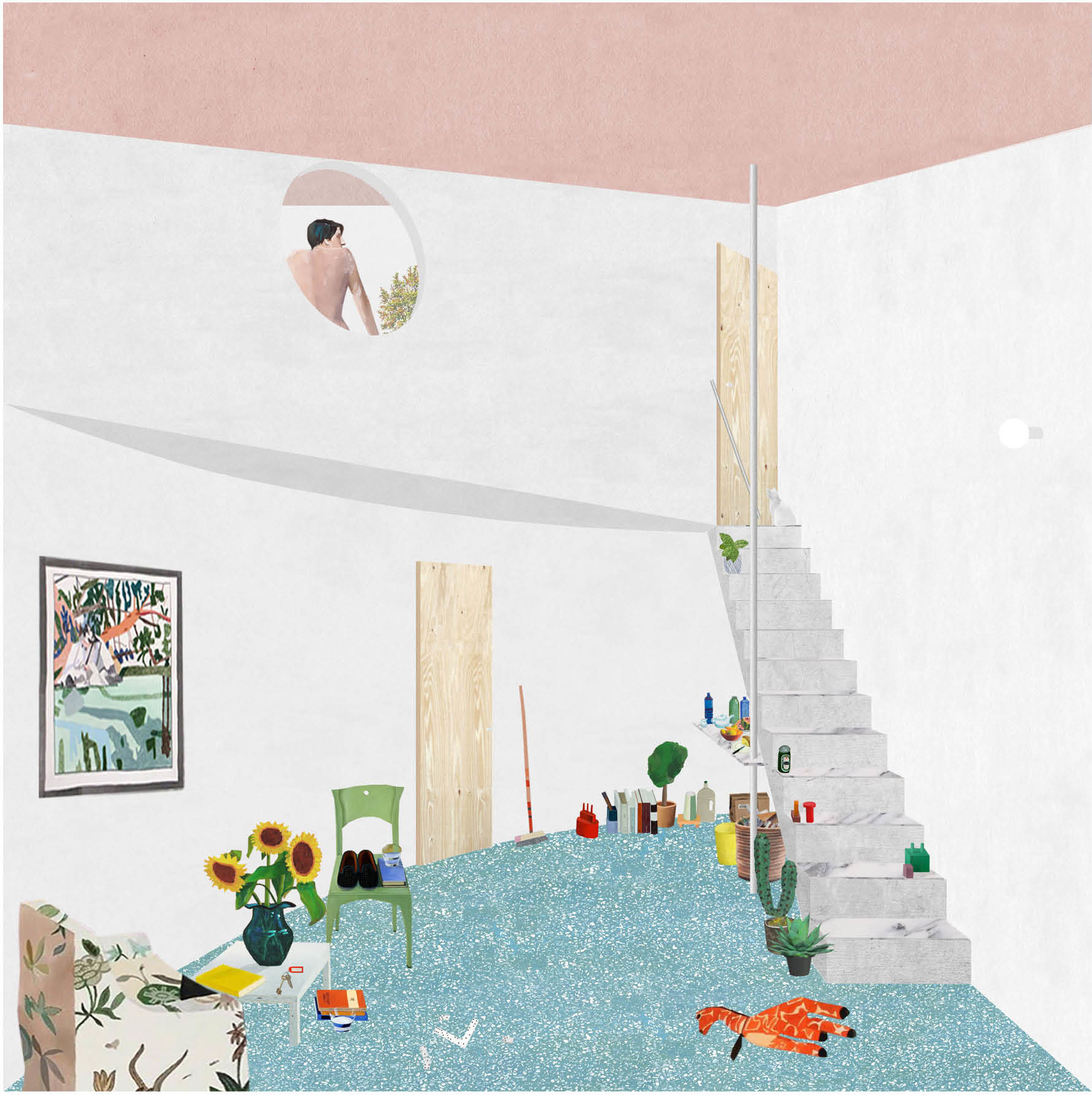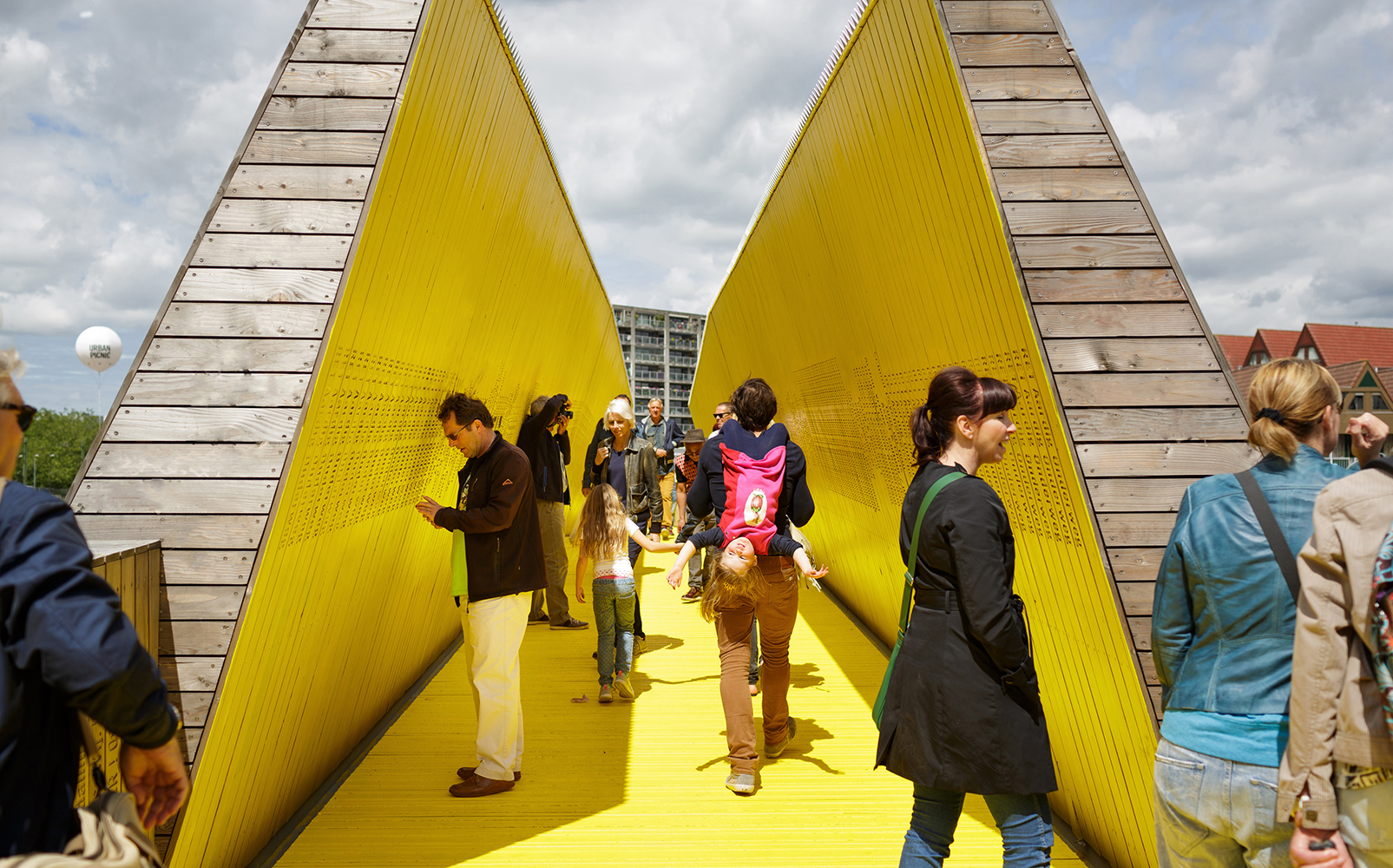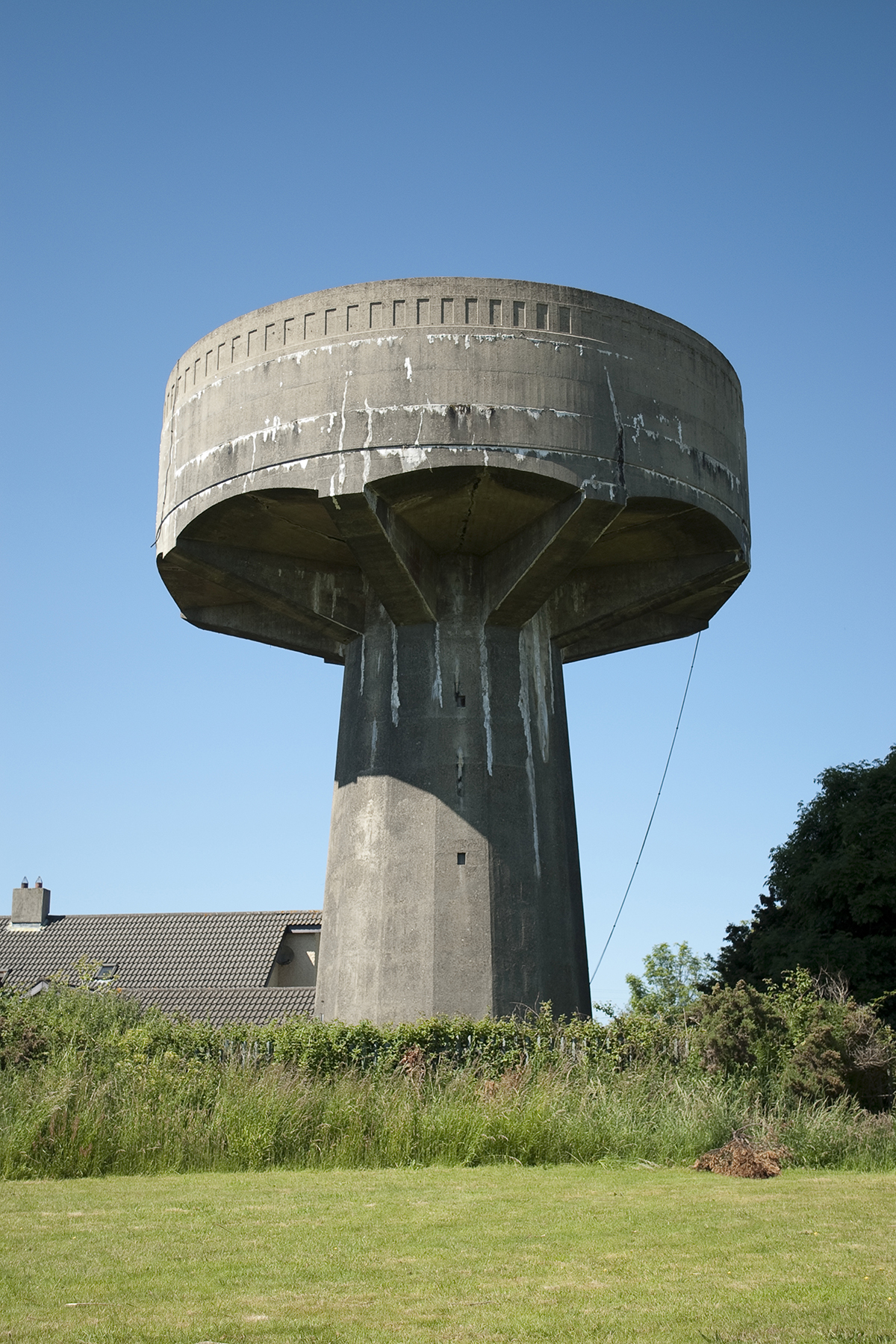AA THINK TANK // PROFESSION : The “naive” architecture of Fala Atelier
Founded in 2013 by Filipe Magalhães, Ana Luisa Soares and Ahmed Belkhodja, Fala Atelier is a young agency based in Porto. In recent years, the studio has developed its visual identity with fascinating drawings and collages. For Fala’s architects, the “childish” spirit of their illustrations is a way to assume their optimistic ideas.
Discussion with Lera Samovich, architect at Fala.
L’Architecture d’Aujourd’hui : Your office, created 5 years ago, is composed of three young architects. What is the impact and the importance of this youth on your practice?
Lera Samovich : We are indeed very aware of being a young office. We might be childish or naive sometimes. We are not afraid to go for crazy concepts. Madness can be useful if it’s controlled. We might be afraid of not having enough projects on the table from time to time. We might complain that the office is too small and there is not enough space but all of us are sitting around one big table and working together. We are not bored yet, and hoping to never be. Our work is a work of passion. We are extremely obsessive about what we do. And we want to pursue the model of practice that we think is challenging, interesting and relevant.
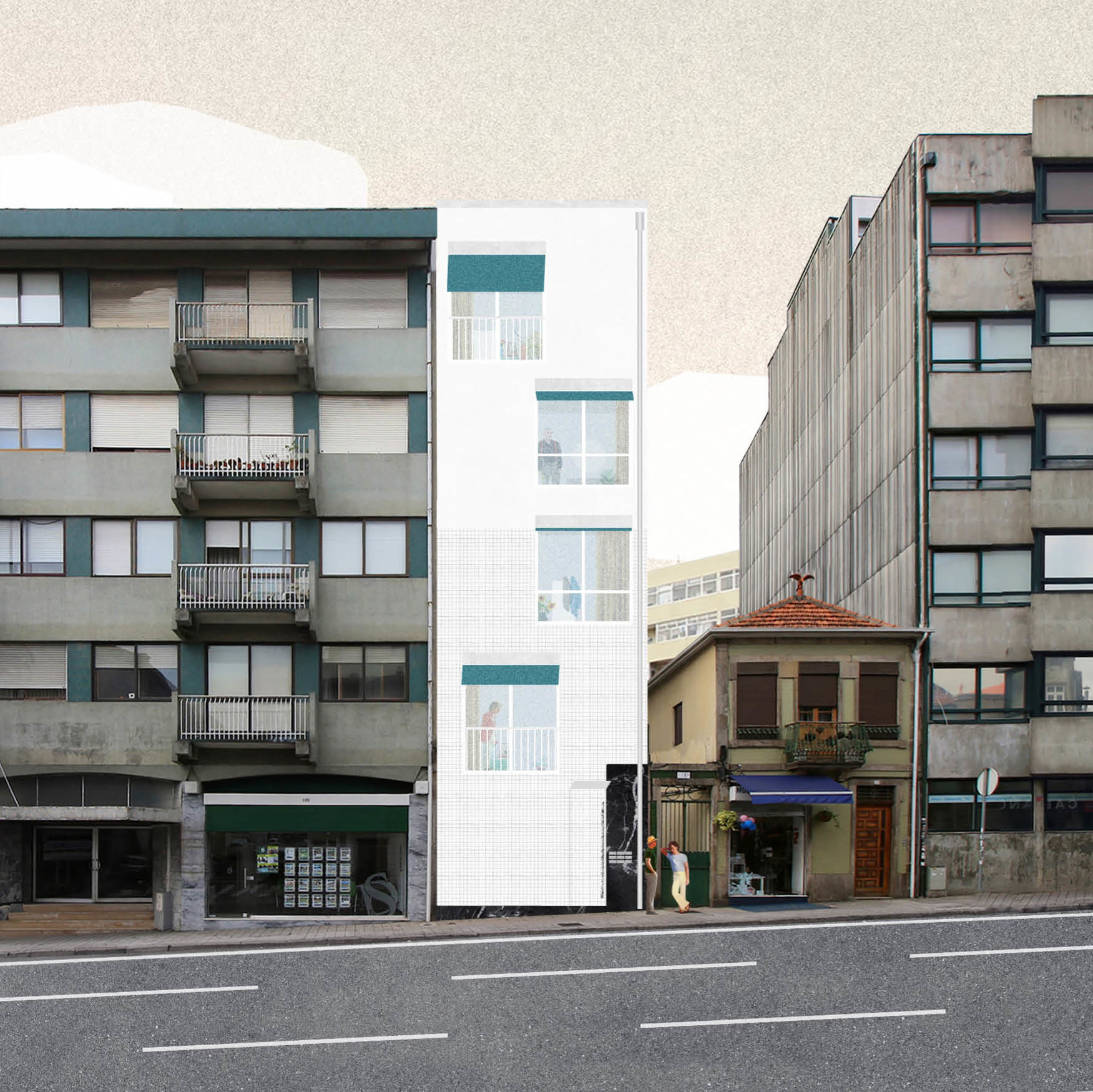
AA : You talk about yourselves as a ‘naive architectural practice’, what does this mean and why emphasize that idea?
LS : This naiveness is a consequence of being young. It’s a conscious decision also, a choice we made refusing to be serious yet, refusing to play by all the rules. We are not afraid to make mistakes, we even make them deliberately. But we are highly conscious of what we do and why we do things in a certain way. And every project somehow contributes to the definition of the direction we want to follow, building an integrated body of work.
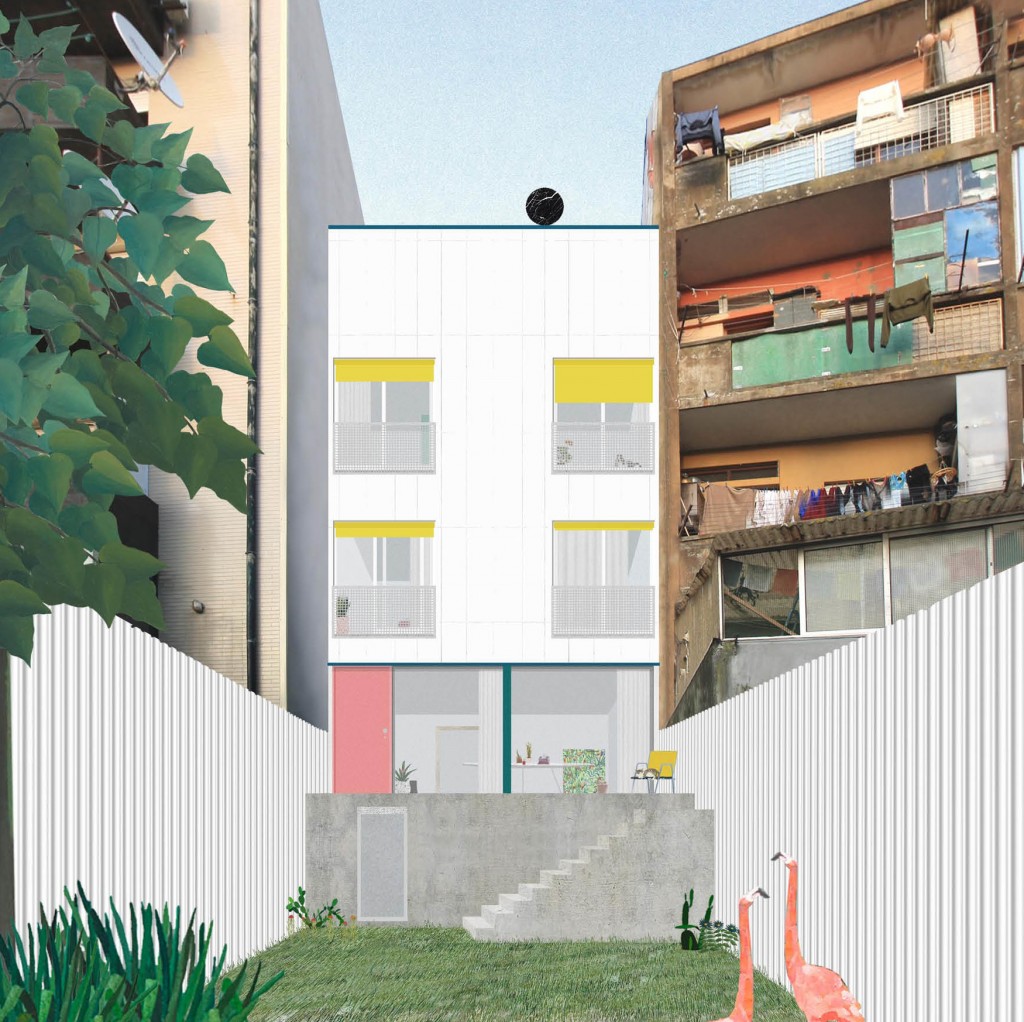
AA : You work mainly on residential projects. How does this influence your practice?
LS : Having to deal with the same typology over and over again challenges us because we don’t want to copy paste the same strategy, we don’t want to repeat ourselves. Therefore we are constantly questioning the established conventions by introducing some wild juxtapositions to the everyday experiences of so called domestic spaces. We are going from very normal to ridiculously crazy and then trying to settle somewhere in the middle, combining postmodern enthusiasms with pathological normality. Attempting to make order out of disorder, we end up with the autonomy of exterior facades and the typological uncertainty of the inside spaces. It’s a great time to be an architect in Porto!
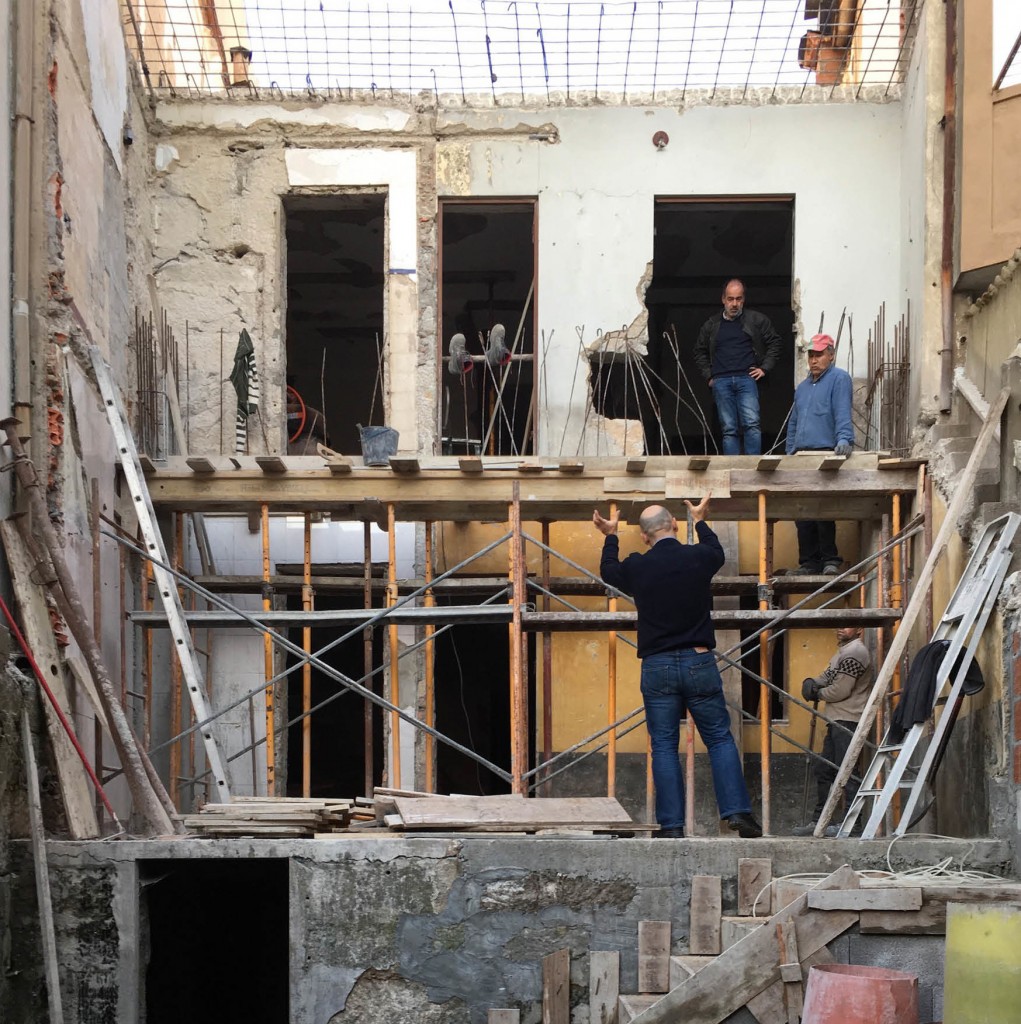
AA : We can see in your images that you choose to depict the inhabitants and surrounding objects and fournitures through collages. To what extend is this way of representation also a way of conception?
LS : Collages in our practice are a way to explore the spacial geometry of the project. Every building we design has a clearly defined hierarchy of spaces. We define the limits, and then introduce some elements, a door, a window, a column, a marble kitchen. The building can be understood as a series of architectural fragments and figures. In a way it’s a study of the rhetoric of architectural composition and the relationship between different elements. We let them complete each other or collide in a certain manner. Even the floor pattern or the direction of the wood can give some hints on how we occupy the space. Some projects can be more imposing, others can suggest many ways to inhabit the space. We are obsessive even about the placement of lights and plugs, keeping in mind the symmetry and the proportions game. Two sides of one room, one side of four rooms, one side if nine rooms. We are interested in creating a certain coherence, a rule that is the same for a set of spaces inside one project. We are slowly composing our confusing vocabulary, always coming back to language.
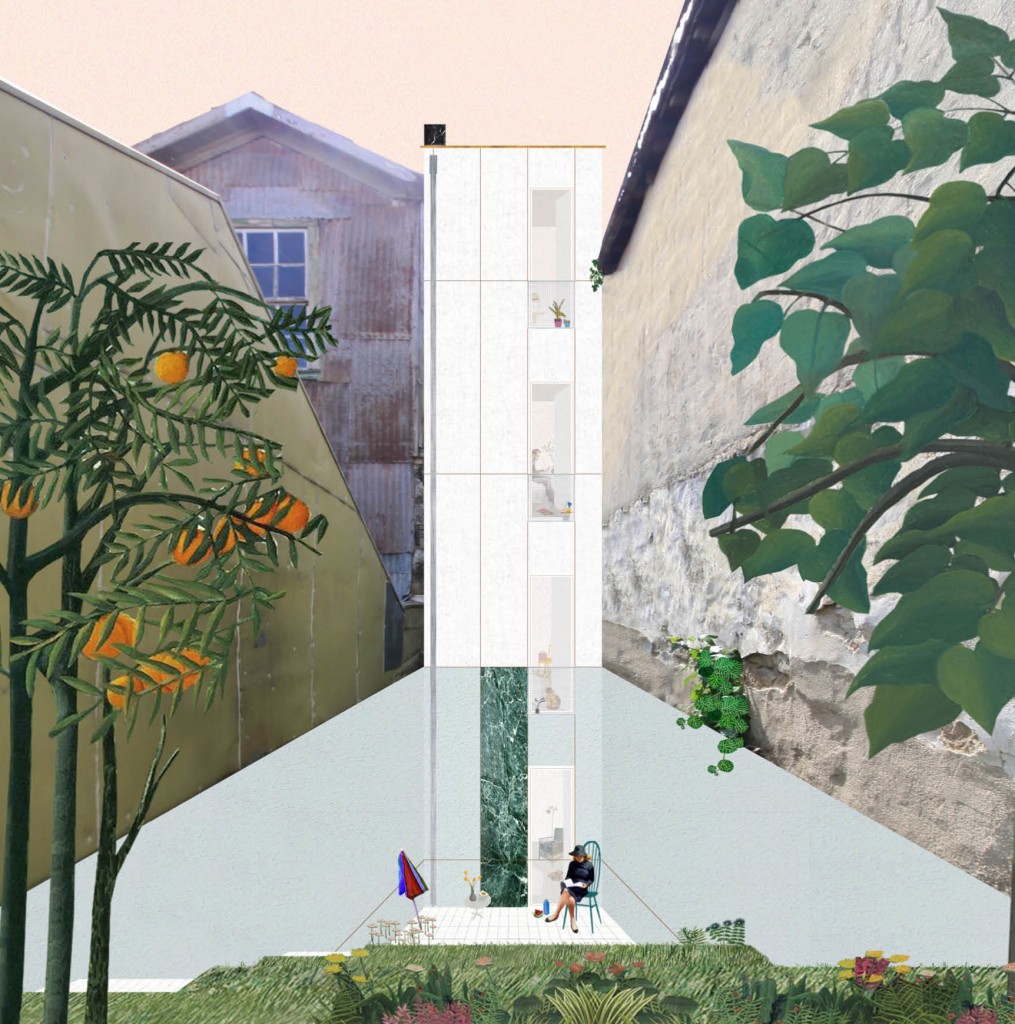
AA : Nowadays, we reproach architects to create beautiful images that hide a miss of research in the conception. What do you think about it?
LS : Everything falls under the category of image these days. Everything ends up as an image. The love affair with images seems to provide the mainstream of architectural thought and also cause a lot of confusion. There are two possible problems. Beautiful images can try to compensate for the lack of contents. But there is also a general shortage of attention after having an overdose of visual material, when you don’t take time to contemplate the image and decipher the message. We need to overcome a certain information overload. Image is not that different from a text in this sense, you have to take some time and read it. It has a plot, a narrative, a logic of its own. It can go straight to the point, it can have some twists and jokes, some hidden meanings between the lines, be extremely serious or ironic and playful. It’s both a design tool and a way to present the project. Architecture without images is unimaginable (let’s not forget Piranesi and Boullée). To us the project begins to exist as an image, at first. It can exist as a drawing, a text, a model or a picture. It then exists as an actual building. It can also end up never being built. And then a clumsy collage is its only way to be.
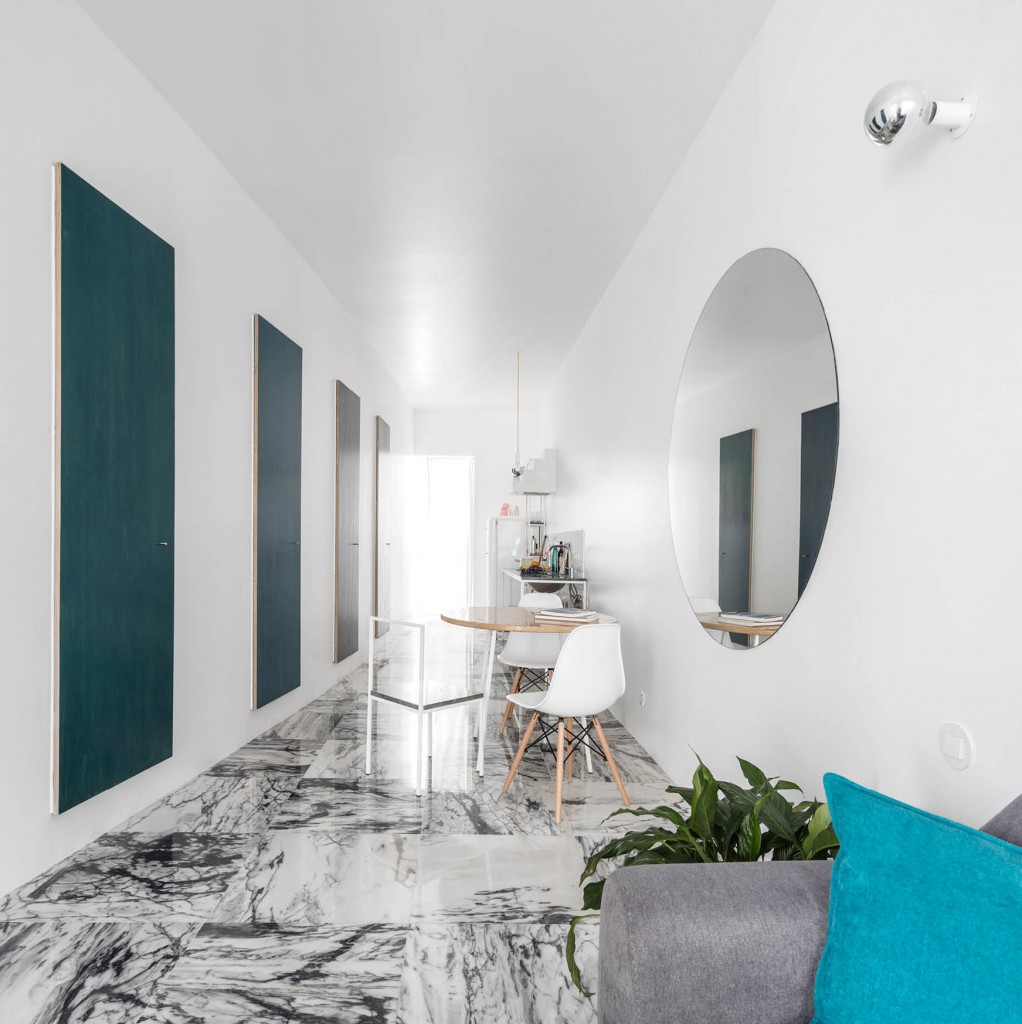
AA : Today, you have your own identity and many students and young architects reuse it. What do you think about it, about reproduction and copy in architecture? And do you have your own architectural references?
LS : There is an intelligent copy and there is a stupid copy. References can be both helpful and dangerous. There is a risk of losing oneself behind all the quotations and borrowed fragments. But copying can also be a way of learning. We are trying to establish our own identity, our very own discourse by questioning those who came before. Engaging with the history of architecture, with the tradition is crucial. Selecting carefully our heroes, constructing our universe of references, copies and quotations. It’s an endless ongoing research. This way we are setting the foundation of our own work multiplying this layers of references, manipulating fragments of other buildings and spaces. And it helps us to find things that are entirely our own. Architecture becoming an act of curation.
To know more about Fala Atelier, visit this website.
Questions by Mathilde Weill

